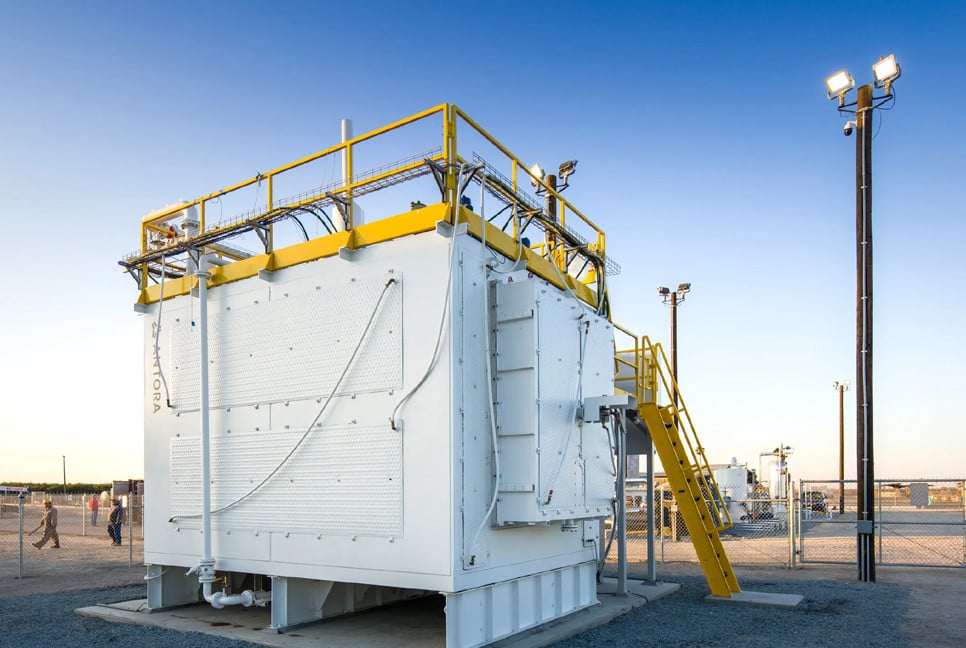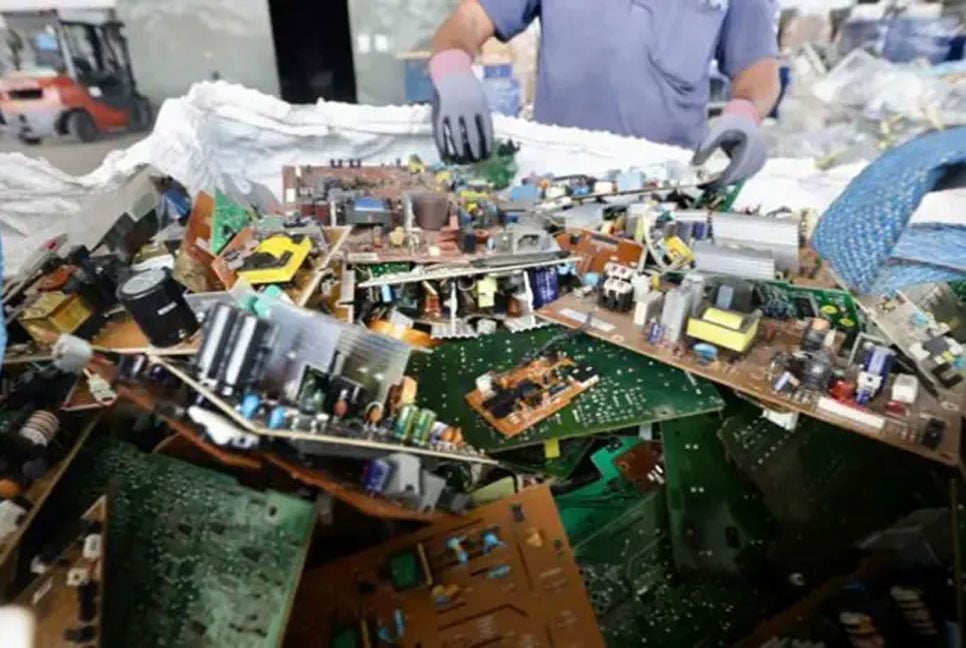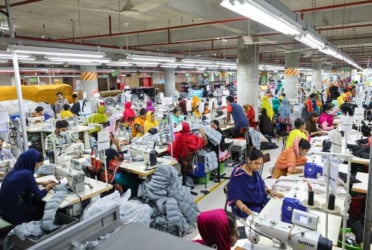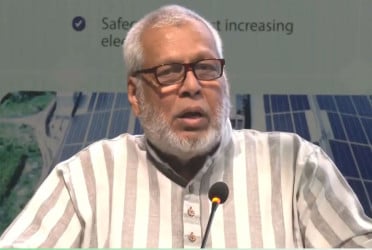Thermal batteries are emerging as a promising alternative to lithium-ion technology, offering a cheaper and scalable solution for renewable energy storage. These batteries could revolutionize industries like steel, cement, and chemical manufacturing by storing and releasing energy efficiently.
“Intermittent wind and solar power are becoming the cheapest forms of energy that humans have ever known, and all kinds of energy storage is now being used to harness that, to drive transportation, to drive the electricity grid,” said John O’Donnell, founder and chief innovation officer of Rondo Energy. “Heat batteries are a fundamentally new way of storing energy at a small fraction of the cost.”
Unlike traditional batteries, heat batteries store excess electricity as heat in materials like bricks or graphite, which can reach temperatures exceeding 3,000 degrees Fahrenheit. This stored heat can be released when needed, making it a cost-effective energy source for high-temperature industrial processes.
“What a thermal battery does is allow you to soak up clean, inexpensive electrons from wind and solar, store them as heat and deliver that energy later to an industrial customer,” explained Justin Briggs, COO of Antora Energy.
Rondo Energy has taken significant steps in this field, building its first commercial heat battery at Calgren Renewable Fuels in California’s Central Valley. The system captures solar energy during the day and delivers high-temperature heat around the clock.
“We use unrefined raw materials, like bricks made from clay,” O’Donnell noted. “A pound of brick stores more energy than a pound of lithium-ion battery, at less than 10% of the cost.”
The company has ambitious plans to scale production, aiming to reach 90 gigawatt-hours annually by 2027. This expansion could prevent 12 million tons of carbon dioxide emissions per year, equivalent to taking 4 million gas-powered cars off the road.
However, challenges remain. High upfront costs and limited awareness among industrial users are significant barriers to adoption. “The biggest hurdle is educating the market that this technology is available,” O’Donnell said.
As renewable energy continues to grow, thermal batteries could play a crucial role in advancing sustainable energy solutions for industrial applications.
(Source: CNBC)
BD-Pratidin English/Mazdud






































































